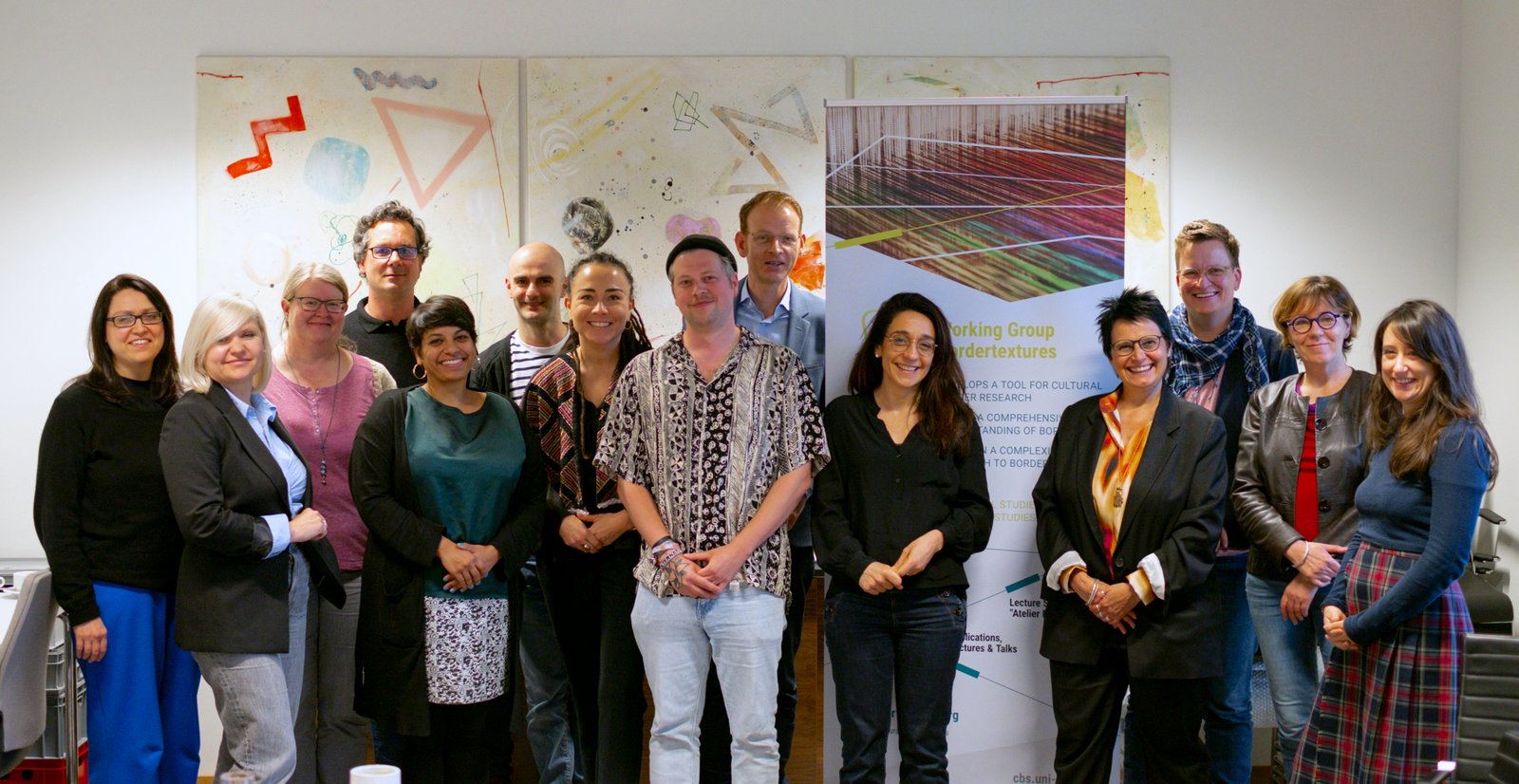Bordertextures
We are an interregional working group within the framework of the UniGR-Center for Border Studies. Our focus is on cultural studies approaches to border studies with the aim of gaining a more comprehensive understanding of the (re)production of borders and their (re)presentations, and thus enriching the often over-simplified discussions about border (region) issues.
The members of this working group are researchers from Saarland University, the University of Luxembourg, the University of Lorraine, and Trier University, including literary and cultural studies scholars from the fields of English Studies, North American Studies, German Studies, French Studies, Translation Studies, and Romance Studies/Intercultural Communication.
You can find current developments of this working group on bordertextures.bsky.social.

Cultural Border Studies
Border studies are concerned with researching borders and border regions. As an interdisciplinary approach, they cover a vast transdisciplinary area of activity in the social sciences and the humanities. While initially border studies engaged mainly with issues in the field of Chicano/a Studies in the U.S., the scope has expanded significantly in the meantime: In addition to the long-prevailing perspectives from social sciences, approaches from cultural studies have recently been increasingly included. These approaches do not describe borders as primarily geographical or political structures, but bring cultural, performative, or temporal aspects to the fore as well as focus on their interconnectedness and their influences and impact on processes of border production. The working group Bordertextures works with such a cultural studies-driven understanding of Border Studies and develops it in its projects.
Borders as Bordertextures
The concept of bordertextures developed by the working group is located between geopolitical and socio-scientific analyses of materially manifested structures, on the one hand, and investigations from cultural studies of ideally effective constructions, on the other. The analyses of the working group aim at the respective complex ‘textures’ of the research object that have formed out of attributions, ideas, or bodily representations in their mutual interweavings and influences.
The concept of bordertexture is inspired by the Iroquois wampum belt, a band made of rows of beads woven together, which serves as a contractual document of the Iroquois living between the fronts of the colonial powers. The image of the wampum belt functions as a starting point for discussion on the interwovenness of different aspects of borders as a cultural practice and their performativity. The working group explores borders and border regions for bordering processes from such a textured perspective. Interweaving cultural texts and media with social and political discourses and practices, we analyze borders both as material and immaterial formations of cultural production and hope to enrich the debates which oftentimes are limited to material borders or metaphorical borderings.
ON AIR – Bordertextures
Listen to the episode here
